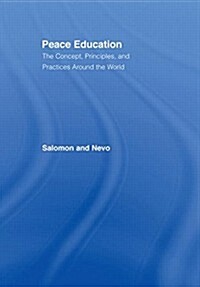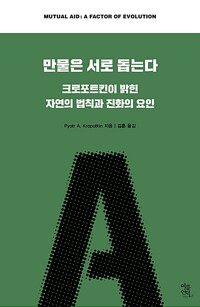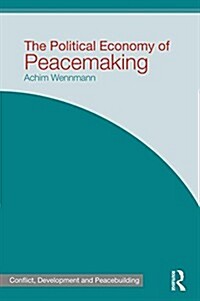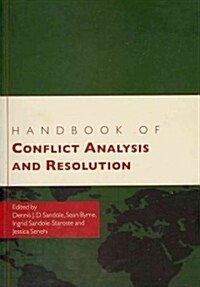
Peace education: the concept, principles, and practices around the world
- 발행사항
- Mahwah, N.J.: Lawrence Erlbaum Associates, 2002
- 형태사항
- xvi, 296 p. : 24 cm
- ISBN
- 9780415650762
- 청구기호
- 331.1 S174p
- 서지주기
- Includes bibliographical references and index
- 주제
- Peace
소장정보
| 위치 | 등록번호 | 청구기호 / 출력 | 상태 | 반납예정일 |
|---|---|---|---|---|
이용 가능 (1) | ||||
| 1자료실 | 00016686 | 대출가능 | - | |
- 등록번호
- 00016686
- 상태/반납예정일
- 대출가능
- -
- 위치/청구기호(출력)
- 1자료실
책 소개
* presents views on the nature of peace education, its history, and relationships to neighboring fields;
* examines relevant psychological and pedagogical principles, such as the contact experience, conciliation through personal story telling, reckoning with traumatic memories, body-work, and the socio-emotional aspects of reconciliation; and
* introduces an array of international examples from countries, such as Croatia, Northern Ireland, Israel, South Africa, Rwanda, and the United States in order to generalize lessons learned.
A "must have" for all those thinking, planning, conducting, and studying peace education programs, it is intended for scholars, students, and researchers interested in peace and conflict resolution in higher education and volunteer and public organizations. Its cross disciplinary approach will appeal to those in social and political psychology, communication, education, religion, political science, sociology, and philosophy.
The book is intended for scholars & stud's int'd in issues of peace educ, reconciliation, and co-existence from sev disciplines including soc & pol psych, comm, educ, religion, pol sci, sociology & philos. This would be gd to co-mrkt w/Monroe: Pol Psych.
목차
Contents: Preface. Part I: The Concept. G. Salomon, The Nature of Peace Education: Not All Programs Are Created Equal. I. Harris, Conceptual Underpinnings of Peace Education. D. Bar-Tal, The Elusive Nature of Peace Education. D. Perkins, Paradoxes of Peace and the Prospects of Peace Education. R. Firer, The Gordian Knot Between Peace Education and War Education. S. Shapiro, Toward a Critical Pedagogy of Peace Education. E. Staub, From Healing Past Wounds to the Development of Inclusive Caring: Contents and Processes of Peace Education. Part II: Underlying Principles. N. Tal-Or, D. Boninger, F. Gleicher, Understanding the Conditions and Processes Necessary for Intergroup Contact to Reduce Prejudice. D. Bar-On, Conciliation Through Storytelling: Beyond Victimhood. C. Kadushin, D. Livert, Friendship, Contact, and Peace Education. A. Nadler, Postresolution Processes: Instrumental and Socioemotional Routes to Reconciliation. S.B. Shapiro, The Commonality of the Body: Pedagogy and Peace Culture. C. Soudien, Memory Work and the Remarking of the Future: A Critical Look at the Pedagogical Value of the Truth and Reconciliation Commission for Peace. Part III: The Practice. J. Leman, Belgium: The Triangle of Peace--Education, Legislation, Mediation. D. Corkalo, Croatia: Peace Education in New Democracies. S. Ozacky-Lazar, Israel: An Integrative Peace Education in an NGO--The Case of the Jewish-Arab Center for Peace at Givat Haviva. M. Hadjipavlou, Cyprus: A Partnership Between Conflict Resolution and Peace Education. R. Hertz-Lazarowitz, D. Eden, Israel: Empowering Arab and Jew: School Leadership in Acre. E. Cairns, M. Hewstone, Northern Ireland: The Impact of Peacemaking in Northern Ireland on Intergroup Behavior. C. Mukarubuga, Rwanda: Attaining and Sustaining Peace. P. Enslin, South Africa: The Truth and Reconciliation Commission as a Model of Peace Education. Part IV: The Research. C. McCauley, Head First Versus Feet First in Peace Education. I. Maoz, Conceptual Mapping and Evaluation of Peace Education Programs: The Case of Education for Coexistence Through Intergroup Encounters Between Jews and Arabs in Israel. B. Nevo, I. Brem, Peace Education Programs and the Evaluation of Their Effectiveness.




